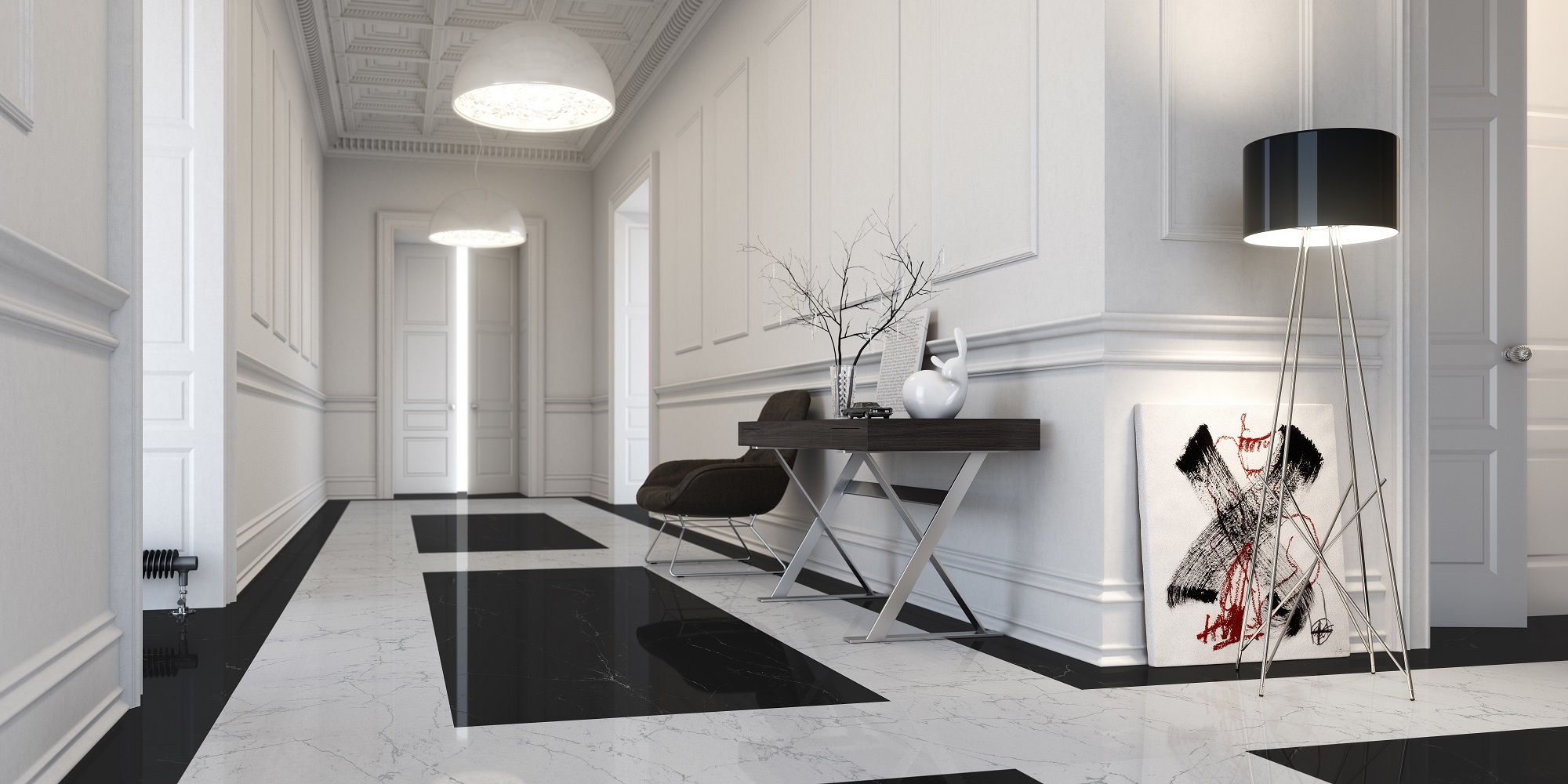The architecture of the future will be dictated by technological disruption in two key fields.
• Information Technology: VR and immersive technology for modelling and building 3D environments.
• Materials technology: Environmental considerations, materials performance and structure.
Architectural design is one of the fastest moving fields as a result of the rapid development in these two fields, with constant innovation making for radical modern design. So technology provides not only a new foundation for form and design, but also cost saving and efficiency at the blueprint stage. Here’s how.
Information Technology: Rethinking the blueprint
Data
New York City has opened up its data silos and released open-source information accessible by anybody. From the number of times a toilet is flushed, to in-depth data on the Internet of Things, this data gives vital information that can affect the key decisions in the development of an architectural project.
Combining expertise from agencies around the world, with granular, live information from cities and buildings, will result in planning that can create better efficiency, more comfortable homes, and more functional design.
Parametric design
Harnessing the latest and most powerful quantum computers, Norman Foster designed 30 St Mary Axe, London, better known as the Gherkin.
 The curvature which reduces in gradient towards the top was set not by a human with a pencil, but by an algorithm which profligates upwards as the result of a set of codes.
The curvature which reduces in gradient towards the top was set not by a human with a pencil, but by an algorithm which profligates upwards as the result of a set of codes.
The architecture of the future is likely to become more of a trial and error process, making slight adjustments to codes that result in buildings as spectacular as the Gherkin.
Worldwide cooperation
We are now entering an age of extremely high levels of communication. First the ability to communicate came via the internet. But now, software is making this even more collaborative still.
Projects across the world incorporate skills from every field. So architecture, from an engineering perspective is likely to face the same disruption as many industries. The architect in front of the drawing-board will become a small facet of a project that will incorporate knowledge from experts in fields as far apart as anthropology to mathematics.
Materials Technology – Innovations in sustainability and efficiency.
Bioplastic
Innovation is needed to wean the planet away from plastic. So what better way than to use a material which has all of the qualities of plastic, without the thousands of years it takes to biodegrade.
Bioplastic actually incorporates a vast range of materials created through technological innovation. This means a range of properties, some of which are more flexible, some are lighter, and the cost also varies greatly.
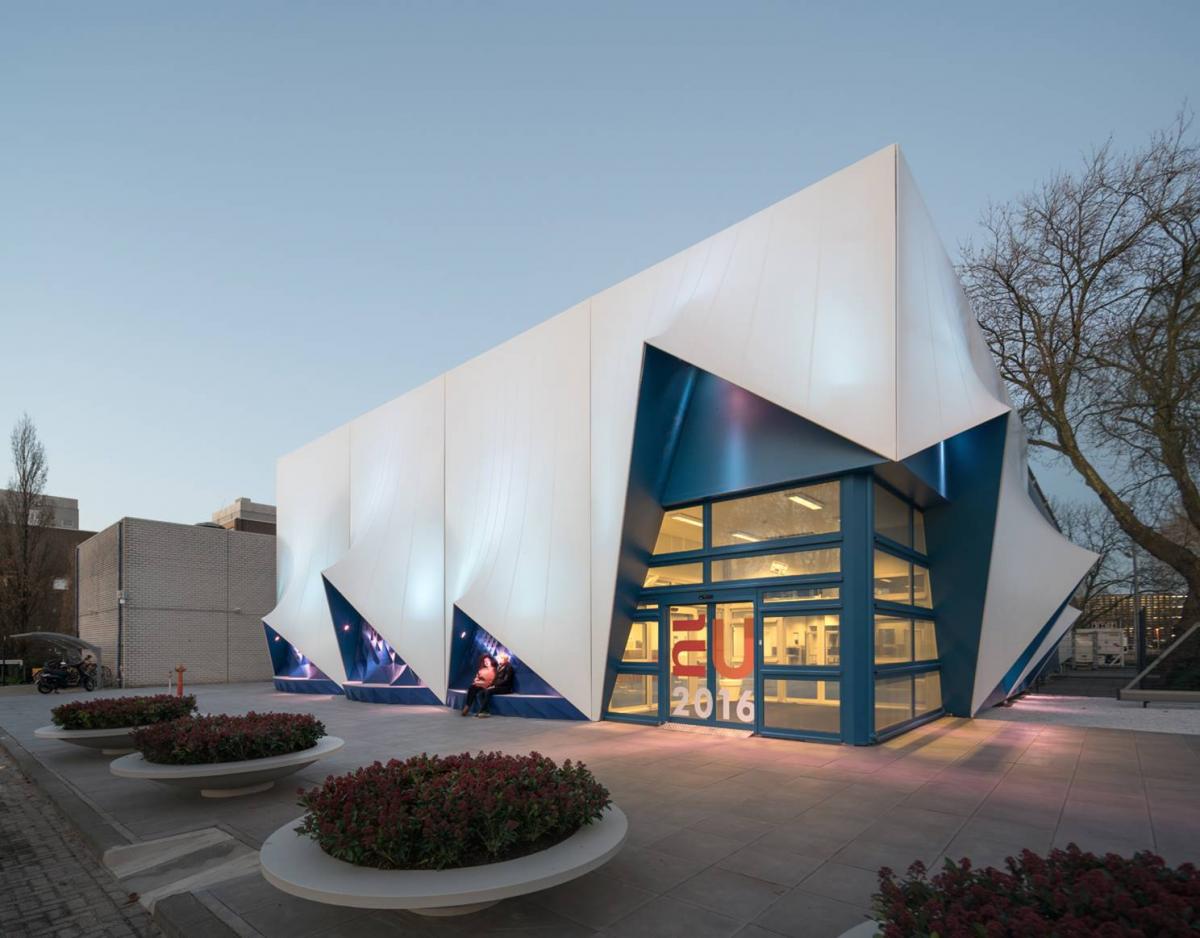 In construction, starch based bioplastics offer gains in strength and are easier to mould and form, which will give architects a materials advantage in the design phase.
In construction, starch based bioplastics offer gains in strength and are easier to mould and form, which will give architects a materials advantage in the design phase.
Self-cleaning façades
With skyscrapers reaching ever new heights*, the maintenance of these buildings is becoming a pressing concern. Any efficiency that can be gained in upkeep makes projects more attractive to investors.
Finishes on skyscrapers’ surfaces can use the rain to self-clean, this means breaking up the rainwater to avoid the zebra-like dirt pattern that is common on buildings today. Paired with surfaces designed to shed dirt, self-cleaning surfaces are likely to spread to residential building in the architecture of the future.
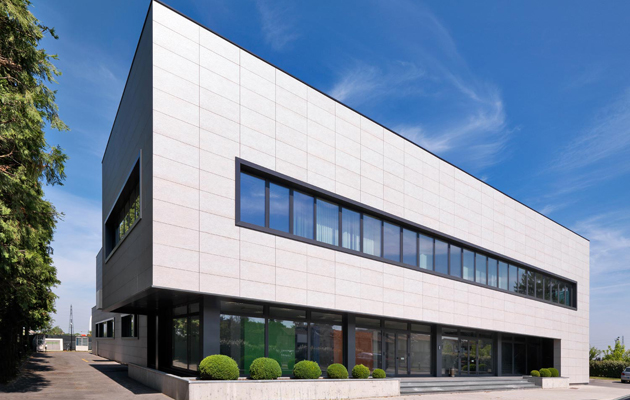 And not will buildings clean themselves, they will also be able to clean the atmosphere by absorbing smog. These smog eating panels are 80 times more efficient than trees in cleaning the atmosphere and are also self-cleaning, so using them is an attractive prospect for developers.
And not will buildings clean themselves, they will also be able to clean the atmosphere by absorbing smog. These smog eating panels are 80 times more efficient than trees in cleaning the atmosphere and are also self-cleaning, so using them is an attractive prospect for developers.
Nanomaterials – namely Graphene
Take a piece of graphite, like you have in your pencil. Stick a piece of Sellotape onto it. Fold the Sellotape and then pull it apart. Believe or not you have just created your very own layer of one of the most exciting materials that will shape the surface of the future of architecture.
Graphene is a nanometre thick, invisible, strong, waterproof, and is also an electrical conductor. Applying this material to a surface will mean the ability to emblazon huge displays, which of course opens up a whole new world of design initiatives.
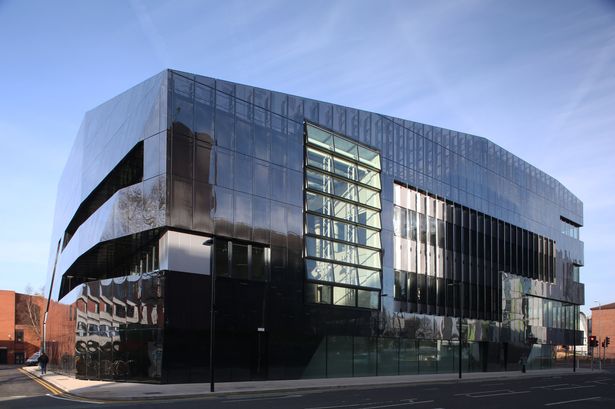 Not to mention better protection from weathering, and this material is also self-cleaning. As production techniques improve, the cost of graphene will come down, allow for its use in architecture.
Not to mention better protection from weathering, and this material is also self-cleaning. As production techniques improve, the cost of graphene will come down, allow for its use in architecture.
Marble and quartz – The old made new
You think of marble and of course you think of history. But new technologies are bringing marble back to the forefront of interior design. Laser cutting technology means the ability to cut new forms that have previously never been achievable. These latest cutting technologies also allow for ultra-fine cutting of stone, just millimetres in thickness, which can be used in interiors to add opulent sheens and finishes to walls, also allowing light to seep through the stone.
On the other hand, the advanced treatment of minerals allows to overcome the inherent properties of natural stone. This is the case of COMPAC engineered quartz, which combines the natural stone qualities with superior strength that make it a perfect material to unite the design, creativity and functionality required by today’s architecture.
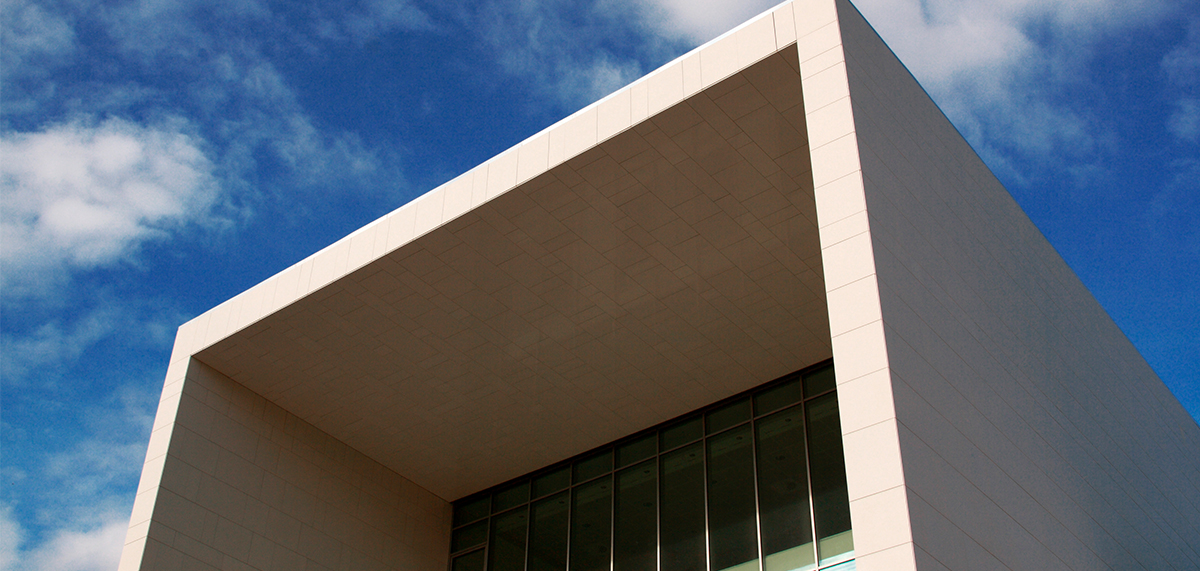
Visit our website and get more information about architecture trends.

